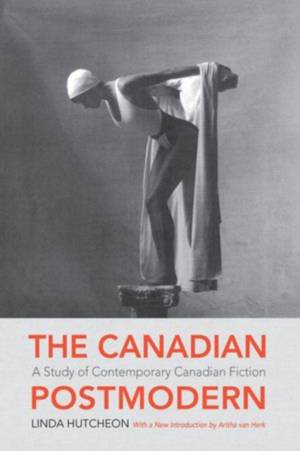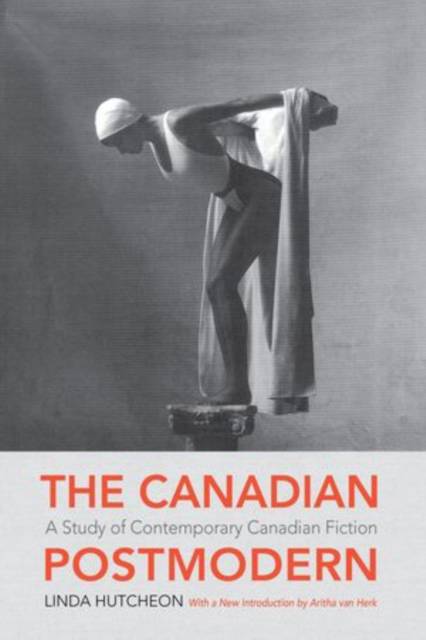
Je cadeautjes zeker op tijd in huis hebben voor de feestdagen? Kom langs in onze winkels en vind het perfecte geschenk!
- Afhalen na 1 uur in een winkel met voorraad
- Gratis thuislevering in België vanaf € 30
- Ruim aanbod met 7 miljoen producten
Je cadeautjes zeker op tijd in huis hebben voor de feestdagen? Kom langs in onze winkels en vind het perfecte geschenk!
- Afhalen na 1 uur in een winkel met voorraad
- Gratis thuislevering in België vanaf € 30
- Ruim aanbod met 7 miljoen producten
Zoeken
The Canadian Postmodern:
A Study of Contemporary Canadian Fiction
Linda (Professor, Department of English and of the Centre for Co
Paperback
€ 19,95
+ 39 punten
Omschrijving
The Canadian Postmodern examines the theory and practice of postmodernism as seen through both contemporary cultural theory and the writings of Audrey Thomas, Michael Ondaatje, Robert Kroetsch, Margaret Atwood, Timothy Findley, Jack Hodgins, Aritha van Herk, Leonard Cohen, Susan Swan, Clark Blaise, George Bowering, and others.
Specificaties
Betrokkenen
- Auteur(s):
- Uitgeverij:
Inhoud
- Aantal bladzijden:
- 256
Eigenschappen
- Productcode (EAN):
- 9780199001798
- Verschijningsdatum:
- 20/12/2012
- Uitvoering:
- Paperback
- Afmetingen:
- 153 mm x 230 mm
- Gewicht:
- 292 g

Alleen bij Standaard Boekhandel
+ 39 punten op je klantenkaart van Standaard Boekhandel
Beoordelingen
We publiceren alleen reviews die voldoen aan de voorwaarden voor reviews. Bekijk onze voorwaarden voor reviews.









